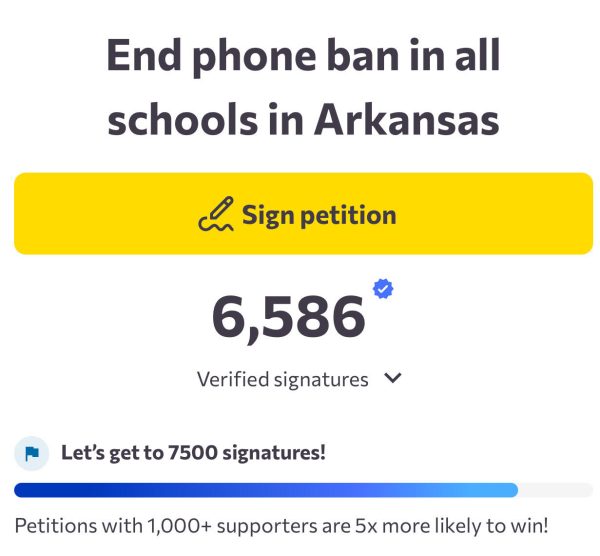What’s the Real Distraction?
Dress code raises question about gender equality in school policies
From the beginning of elementary school, female students often hear statements like “Put on a jacket,” “Those shorts are too short,” and “Is that tank top two fingers?” These pronouncements are the seeds planted in young girls’ minds giving them the impression that their bodies are distractions that should be concealed. Although there has always been the concern that without a strict dress code, the learning environment would be disrupted, the perception of young females’ bodies needing to be covered may have long-term negative effects on their mental health.
Starting the first day back this school year, students were handed yellow slips of paper for dress code violations and sent to the office. In addition to the new process for handling dress code infractions, there was a strong emphasis on enforcing dress code this year.
“I got dress-coded on the first day of school, but they only started discussing the rules on the third day,” said Addi Fraizier, 10.
Many teachers and administrators see the importance of enforcing a dress code as a way to protect the academic setting in the classroom.
“These guidelines are not intended to be overly restrictive or to inhibit individual expressions of style, but rather to ensure that the schools are safe, healthy, and free of distractions,” according to the Rogers High School student handbook.
The popular call to action #Iamnotadistraction, which originally went viral in 2015, has resurfaced and is recirculating around the world, protesting the unfair standards public schools have implemented with dress codes. This feminist movement not only stands against the sexualization of girls, but also stands against the infantilization of males, suggesting instead to teach young men respect and self-control.
The whole stereotypical idea that “the dress code is put in place to not distract the boys” is disrespectful to everyone involved. Making it seem as if boys don’t have enough self restraint to focus in class, regardless of what a classmate wears, is condescending to young men.
“This idea definitely puts a negative image on guys,” said Drew Lawrence, 10. “I think it is wrong to assume that guys can’t control themselves.”
The problem is not the clothing that students are wearing; the problem is that society’s mentality surrounding womens’ clothing needs to change.
Research from the American Psychological Association states that objectification “undermine[s] a person’s confidence in and comfort with her own body, leading to emotional and self-image problems, such as shame and anxiety.”
Ultimately, students aren’t protesting the dress code itself, they are protesting the misogynistic ideas behind it.






